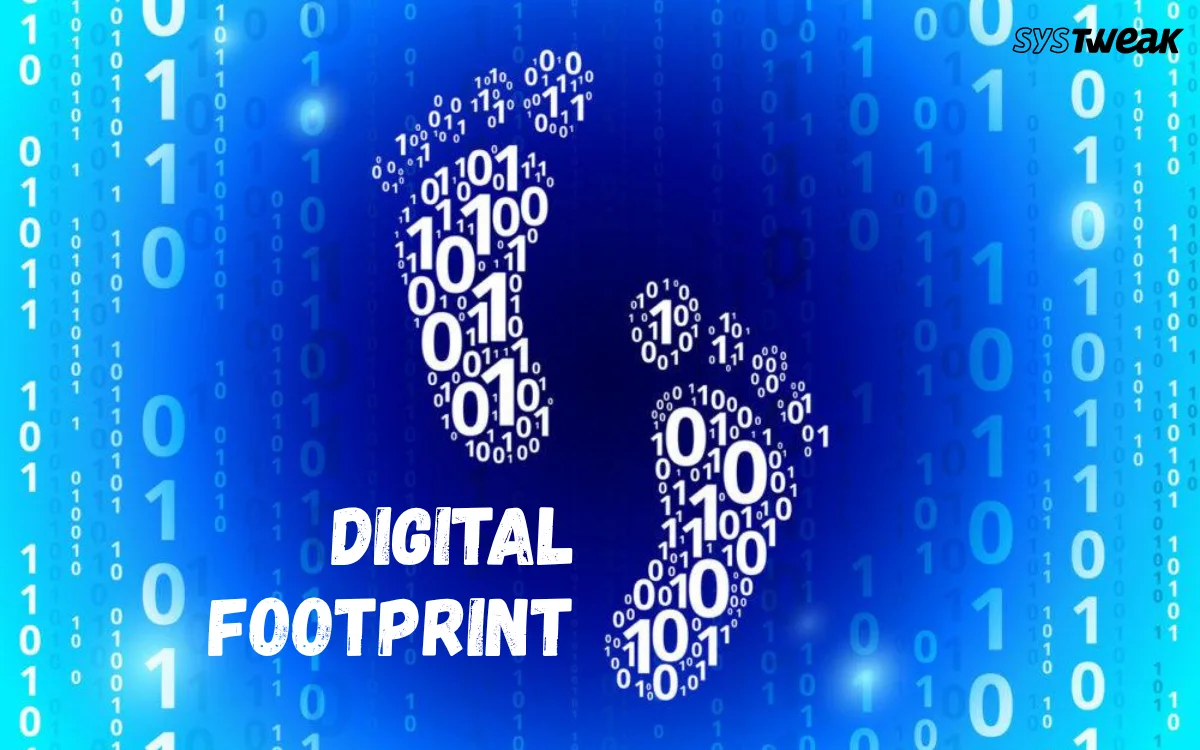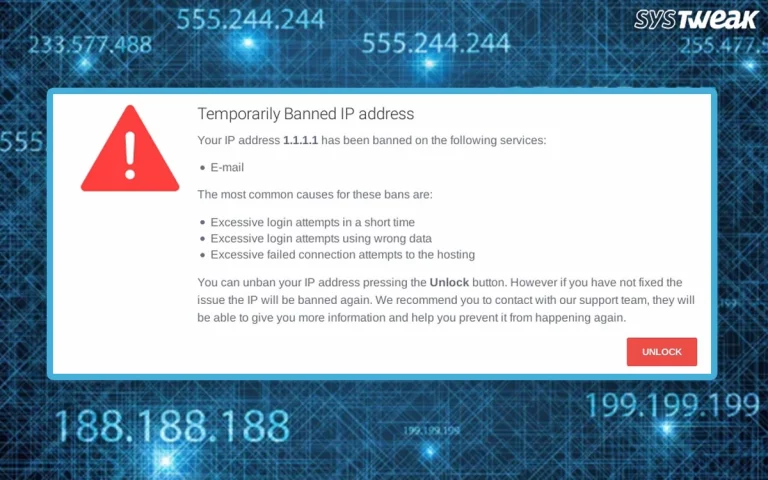You all know that you leave a footprint wherever you go on foot. Similarly, you leave tyre marks if you drive a vehicle. But did you know that you also leave a trail of footprints when you surf online, play games, or use any e-commerce platform to do online shopping? This does feel weird, scary, and Spooky! But the truth is that your online actions can be traced back to you. This article helps readers understand all about Digital footprints and how to protect their data online.
What is a Digital Footprint?
A Digital Footprint can be referred to as a data trail of a user regarding all the activities carried out online using the internet. There are two types of data in digital footprints –
Active Data – All the information shared by a user intentionally on online forums, social media posts (X, Facebook, Instagram, etc), Emails, Comments, Filling Forms, etc.
Examples of Active Digital Footprint
- Social Media that includes posting status updates, videos, photos, comments, etc on Facebook, Instagram, and X.
- Online Purchases and Transactions that include buying on e-commerce sites, and shopping apps by performing banking transactions or stock trading.
- Emails, which include sending and receiving messages.
- Comments on blog posts, forums, and video streaming sites.
- Online forms that include surveys and registration on forms.
Passive Data – Any type of data that is not shared by you intentionally but collected through other means, like IP address, Device information, Cookies & Cache, Location data, browsing habits, etc.
Examples of Passive Digital Footprint
- Browsing History includes the websites that were visited, and this data is recorded by search engines and browsers.
- Cookies and Tracking include data that is collected by cookies and other tracking technologies through websites.
- Location Data is collected by some apps and websites using the GPS feature.
- Device Information can also be collected, which includes IP Address and OS.
- Metadata includes timestamps and file types that are embedded in files and online interactions.
Note : The digital footprint is generally a permanent trail of information that cannot be easily removed. It can affect your privacy and security, along with your reputation and other opportunities.
How To Protect Your Digital Footprint?
Now that you know what a digital footprint is, you must have realized how important it is to secure your data online and avoid creating footprints wherever possible.
Method 1 – Always Keep Strong & Unique Passwords
Experts advise that you must never repeat your passwords. Keeping the same passwords across different online apps and websites might be easy to remember, but if the password is compromised, then all your apps and services can be hacked. Here are a few tips that you must follow.
- Never use the same passwords across various sites.
- If you find it difficult to remember many passwords, then use a password manager app like TweakPass Password Manager.
- Use strong passwords and avoid using “Name12345” or “namebirthdate” sort of passwords, for they are easy to crack. If you use the TweakPass app, then it will generate unique and strong passwords that are almost impossible to crack, like “D6#g@b09#^%”. If you find it difficult to memorize these passwords, then fear not, because you don’t have to, as TweakPass will do it for you.
- Always keep the two-factor authentication (2FA) enabled, which will protect your apps and services even if your password is compromised.
Method 2 – Verify The Privacy Settings. Review App permissions
All online apps and services include privacy settings. These settings may vary from app to app. Look for the Settings section and review the social media privacy settings. You can also limit who can see your posts and profile. Look for other settings and enable or disable them accordingly.
Method 3 – Learn To Keep Secrets, Review What You Share Online
It is advised by privacy experts that you must be mindful of what you share. Here are a few points to keep in mind.
- Try not to share personal details if not necessary, like location and birthday details.
- Always verify your post twice before posting, and think about the effects and need of posting any content whatsoever.
Method 4 – Always Use Secure Connections
It is important to secure your connections before browsing online. Here are a few pointers.
- Navigate to websites with HTTPS in the address bar.
- Always use a VPN app when surfing on public Wi-Fi.
|
Editor’s Tip: Use Systweak VPN To Access Unblocked Games 76 Systweak VPN is one of the finest Virtual Private Network service providers, with 4500 servers in over 53 countries and various cities. It can help mask your IP address and bypass all sorts of restrictions imposed on your network. Step 1: Download, install, and run Systweak VPN. Step 2: Create an account and log in.
Step 3: Using Systweak VPN, connect to any server other than your country.
Step 4: Now, run the game; you should not face any problems. |
Method 5 – Clean Your PC
It is advised that you clean and optimize your PC regularly.
- You must remove old and used accounts.
- You must also remove unnecessary apps and permissions.
- You must delete the cache and cookies from your PC.
|
Bonus – Use Advanced System Optimizer To Clean Cookies & Cache It is possible to optimize your PC and get rid of all temporary files, including cache files and cookies, with 3 to 4 clicks. Use the Advanced System Optimizer app to get this done. Step 1: Download & Install Advanced System Optimizer.
Step 2:Launch the app and click on the Start Smart PC Care button. |
Method 6 – Use Antivirus
Microsoft provides a free built-in antivirus to all Windows users. Here are the steps to use the Windows Security app.
- Press the Windows key and type “ Windows Security.”

- Click on the relevant result under Best Match.
- The Windows Security app will launch. Click on the Virus & Threat Protection box.

- Next, click on Scan Options and select Full Scan.

- Finally, click on the Scan Now button.
Method 7 – Use Incognito Mode
All browsers include the Incognito Mode feature that helps to stop any history from being stored on your PC. However, your browsing data is not secured from your ISP.
Method 8 – Avoid Storing Cookies & Trackers
There are a few third-party browser extensions like uBlock Origin, Privacy Badger, or DuckDuckGo Privacy Essentials. These extensions help users avoid storing cookies and trackers.
Method 9 – Regularly Audit Your Online Presence
Experts have stated that old or forgotten accounts may still contain personal info. Hence, it is important to remove them. Here is what you need to do.
- Search your name on Google to see what’s public.
- Delete or deactivate old accounts (use tools like JustDelete.me).
Method 10 – Monitor Your Data Leaks
There is a chance that your email or credentials could already be compromised. In such cases, use tools like HaveIBeenPwned.com to check for breaches. Change passwords if a breach is detected.
Conclusion
We hope you have understood what Digital Footprints are and how to protect your digital data online using the above-mentioned tips and tricks. Do share your thoughts and queries in the comments section below.
Frequently Asked Questions
Recommended : Does a VPN Hide My IP From Google? Things You Must Know!












